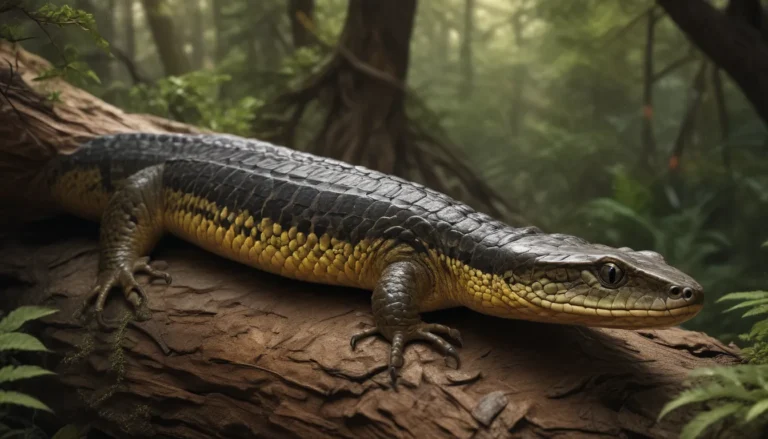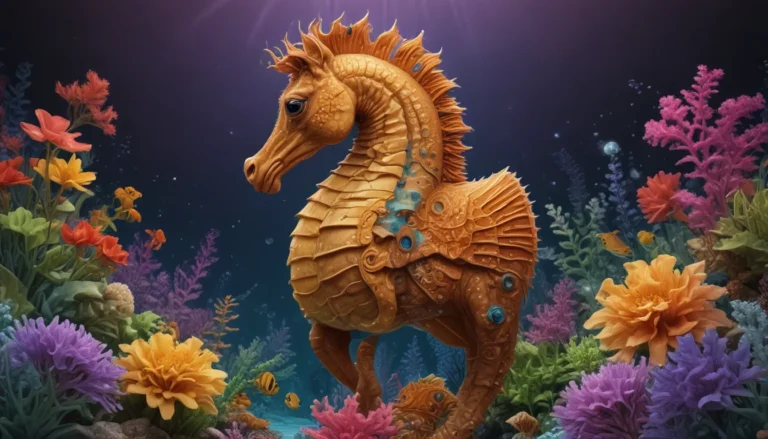The pictures we use in our articles might not show exactly what the words say. We choose these pictures to make you interested in reading more. The pictures work together with the words but don’t take their place. The words still tell you the important facts.
Giant pandas have captured the hearts of people worldwide with their adorable appearance and unique traits. These iconic animals are not only cuddly but also play a crucial role in maintaining the balance of their ecosystems. From their distinct black and white fur to their love for bamboo, there is so much to learn and appreciate about giant pandas. In this article, we will delve into 18 interesting facts about these extraordinary creatures, shedding light on their behavior, habitat, diet, and conservation efforts. Let's embark on a journey to explore the enchanting world of giant pandas!
Understanding Giant Pandas: Endangered and Enigmatic
Giant pandas are classified as an endangered species by the International Union for Conservation of Nature (IUCN). Despite ongoing conservation efforts, there are only approximately 1,800 pandas left in the wild. These fascinating creatures primarily eat bamboo, although their digestive systems are more similar to their carnivorous ancestors. Due to this, they need to consume large quantities of bamboo to meet their nutritional needs.
The Bamboo Connoisseurs: Diet and Adaptations
The diet of giant pandas consists mainly of bamboo, with individuals consuming up to 40 pounds of bamboo per day. To aid in this consumption, giant pandas have a unique wrist bone structure that acts like an extra thumb, helping them grasp and strip tough bamboo stalks. Their distinctive black and white fur is believed to act as camouflage in their mountainous habitat, further showcasing their remarkable adaptations.
Slow and Steady Reproduction: Survival Challenges
Giant pandas have a low reproductive rate, with females typically giving birth to only one cub every two to three years. This, combined with habitat loss, contributes to their endangered status. Despite these challenges, the giant panda has become a symbol of global conservation efforts, with various organizations and countries working to protect their natural habitat and promote breeding programs to ensure their survival.
Unique Features: Extra Thumb and Solitary Nature
In addition to their sixth finger, which is actually an elongated wrist bone known as the "pseudo-thumb," giant pandas are known for their strong jaws and sharp teeth that help them crush and chew tough bamboo. These solitary animals prefer to spend most of their time alone, each marking its territory with scent markings. Despite their bulky bodies, giant pandas are skilled climbers and are surprisingly good swimmers, often seen taking a dip in rivers and streams to cool off during hot weather.
Lifelong Learners: Communication and Behavior
Giant pandas communicate through a variety of vocalizations, including growls, honks, and bleats, helping them establish territory and communicate during mating. With a keen sense of hearing, they can detect potential threats or the presence of other pandas in their vicinity. Additionally, giant pandas love to sleep, often spending up to 14 hours a day napping throughout their waking hours.
Conservation Success and Future Prospects
Thanks to conservation efforts, the population of giant pandas has started to increase in recent years. Success in panda breeding programs offers hope for their long-term survival. Bamboo forests serve as their natural habitat, providing ample food supply and suitable shelter. By spreading awareness and supporting conservation initiatives, we can ensure the survival of giant pandas for future generations to enjoy these magnificent creatures.
FAQs: Answering Your Questions on Giant Pandas
- How big do giant pandas grow? Adult giant pandas can grow up to 4 to 6 feet in length and weigh between 220 to 330 pounds.
- Why are giant pandas endangered? Giant pandas are mainly endangered due to habitat loss caused by deforestation, poaching, and low reproduction rates.
- What do giant pandas eat? Giant pandas are primarily herbivores and rely on bamboo as their main food source, consuming around 20 to 40 pounds daily.
- How long do giant pandas live? In the wild, giant pandas have an average lifespan of 15 to 20 years, while in captivity, they can live up to 30 years or longer.
- Are giant pandas social animals? While generally solitary, giant pandas have a social structure and can exhibit social behaviors during mating season or when sharing territories and resources.
Expand your knowledge of giant pandas and their captivating world by exploring lesser-known facts about red pandas, panda breeding efforts at Chengdu Research Base, and mind-blowing insights from Chengdu Zoo. Let your curiosity soar as you continue your panda adventure filled with wonder and discovery!
With a commitment to delivering engaging and trustworthy content, our contributions aim to provide a wealth of diverse insights and information. Each fact on our site is sourced from real users like you, ensuring a wealth of credible and fascinating information. Explore and learn with us, trusting in our dedication to quality and authenticity as we strive to educate and entertain audiences worldwide.






